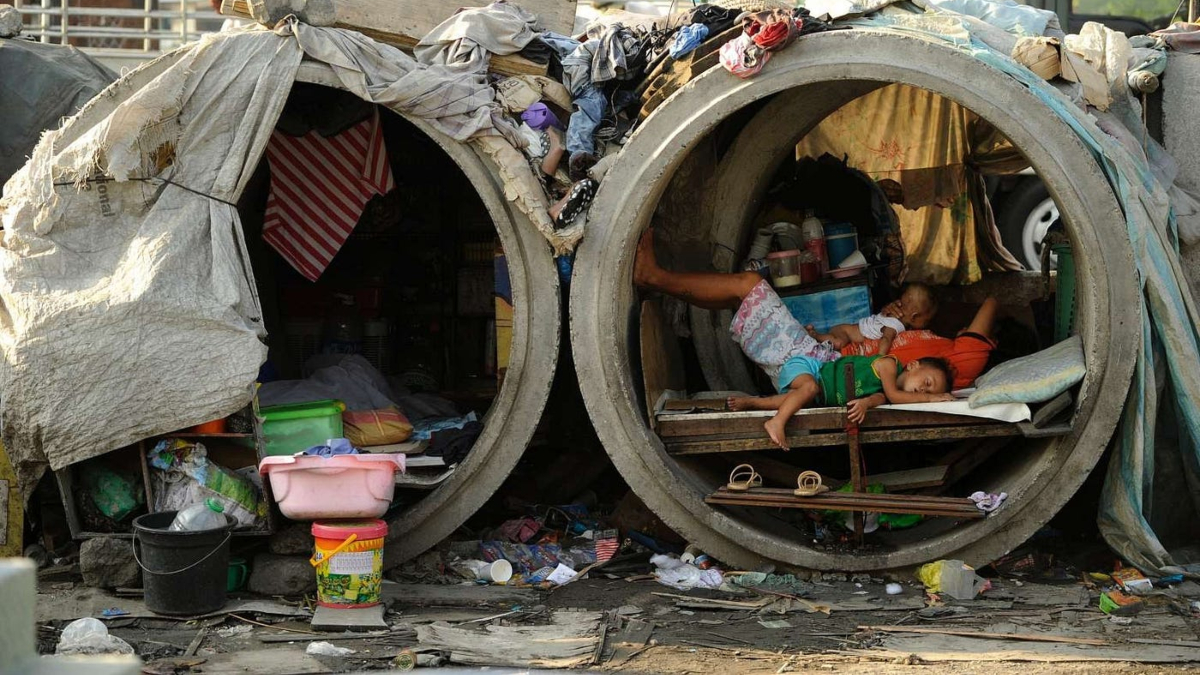A recent report by the United Nations Children’s Fund (UNICEF) has revealed that two million children in the Philippines are living in severe food poverty. According to the report, four out of five children in the country are primarily fed breastmilk or staple foods like rice, corn, or wheat, while less than 10% consume fruits and vegetables. Alarmingly, less than 5% of children are given nutrient-dense foods such as eggs, fish, poultry, or meat.
The UNICEF report classifies children consuming only two of the eight defined food groups as living in severe child food poverty. These food groups include breastmilk, grains and roots, pulses and nuts, dairy products, meat, poultry and fish, eggs, Vitamin A-rich fruits and vegetables, and other fruits and vegetables.
“Children living in severe food poverty are children living on the brink. This can have an irreversible negative impact on their survival, growth, and brain development,” stated UNICEF Representative to the Philippines Oyunsaikhan Dendevnorov. She further emphasized, “Children who consume just rice and some vegetable soup a day are up to 50% more likely to experience severe forms of malnutrition.”
The report also highlighted that one in five children consumes unhealthy foods and sweet beverages. In response, UNICEF has called on governments, organizations, civil society, and the food and beverage industry to transform food systems to make healthy foods accessible and affordable. Additionally, they urge leveraging health systems to provide essential nutrition services and support community health and nutrition workers in counseling families on child feeding practices.
UNICEF also emphasized the need for protection systems to address income poverty as a critical factor in combating child food poverty.
The detailed findings are part of UNICEF’s 92-page 2024 Child Nutrition Report, which examines the status, trends, inequities, and drivers of child food poverty in early childhood, as well as the impacts of global and local food and nutrition crises. The report is based on data from 670 nationally representative surveys conducted in 137 countries and territories.






